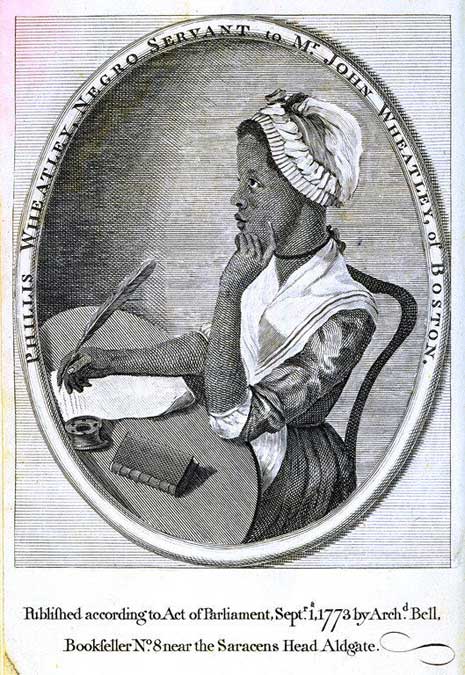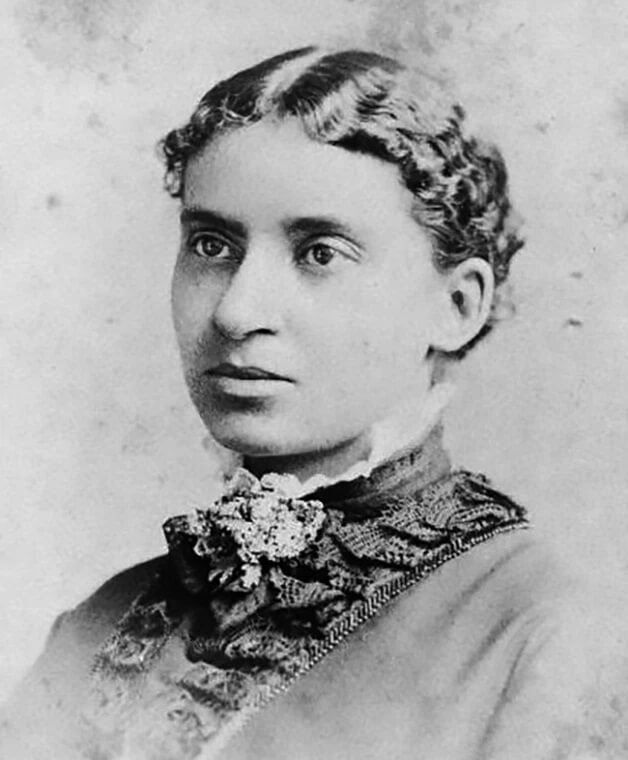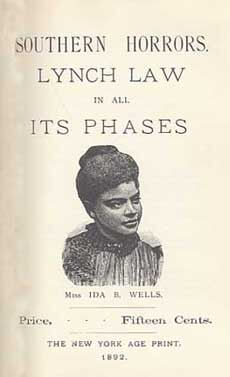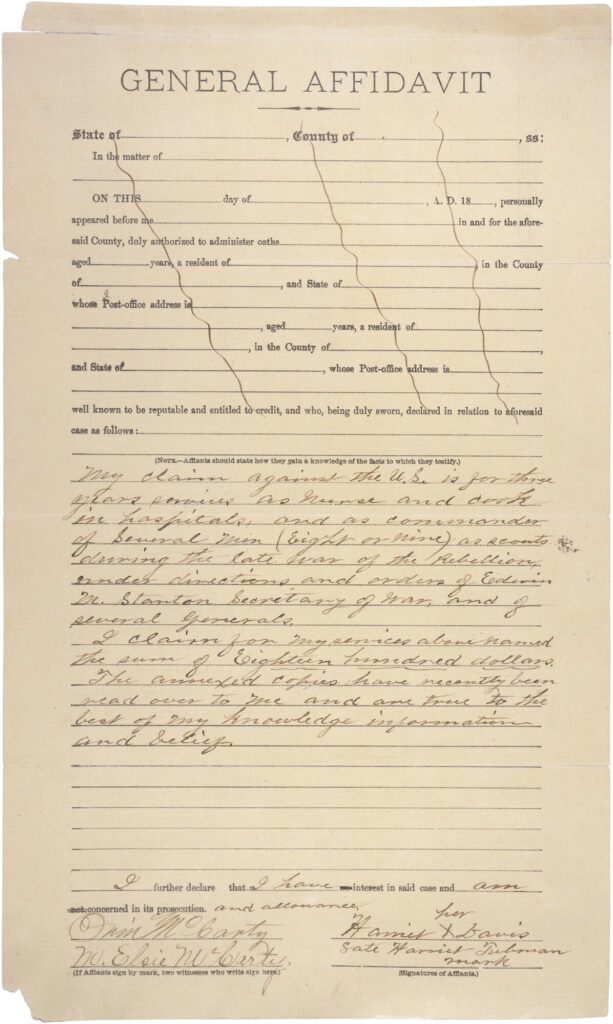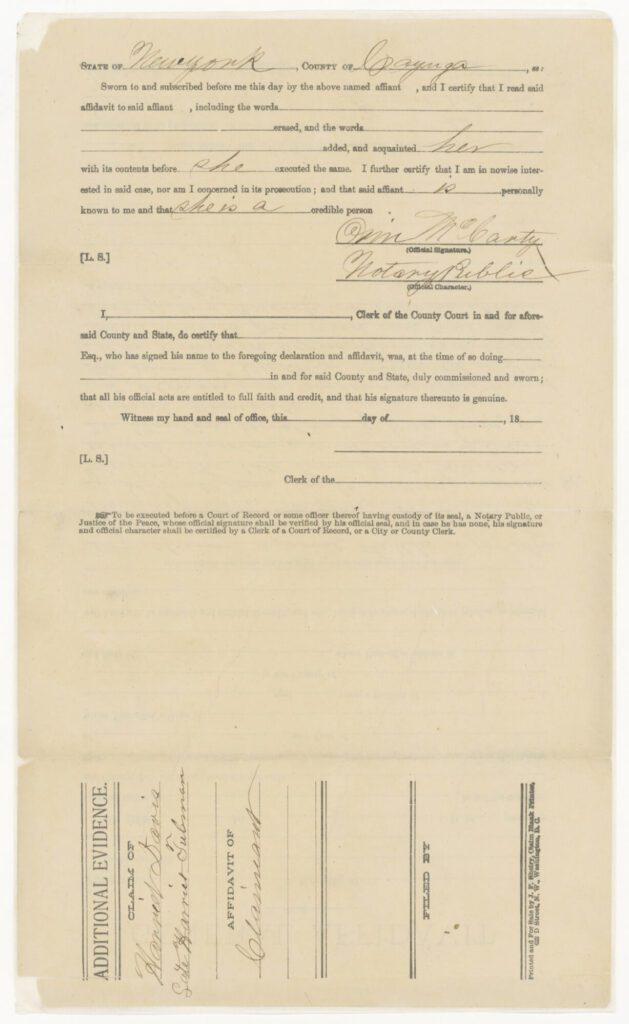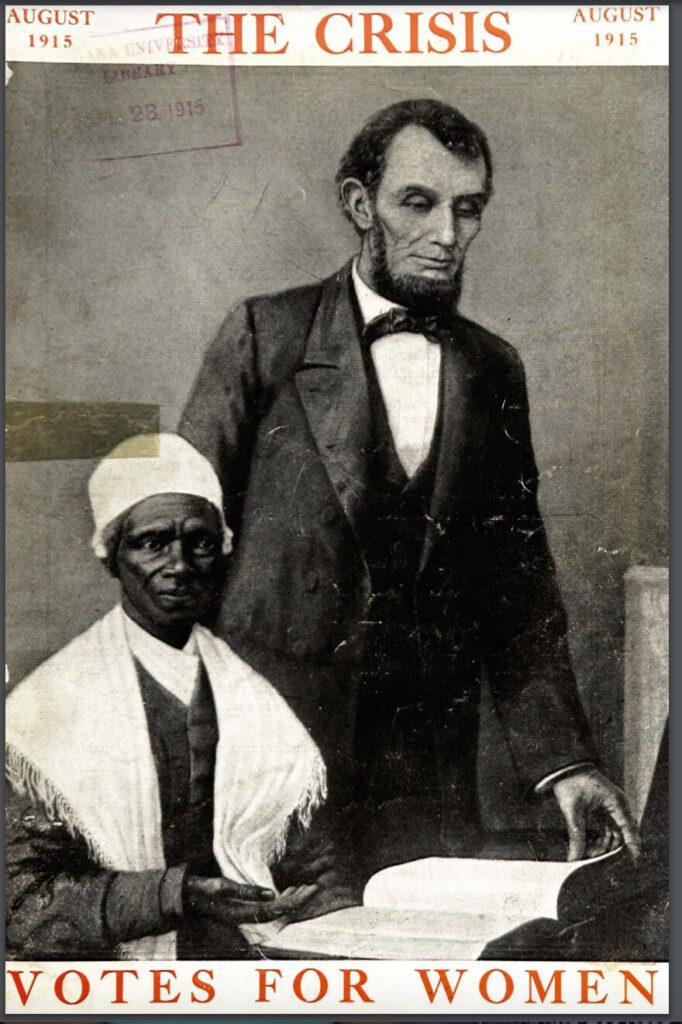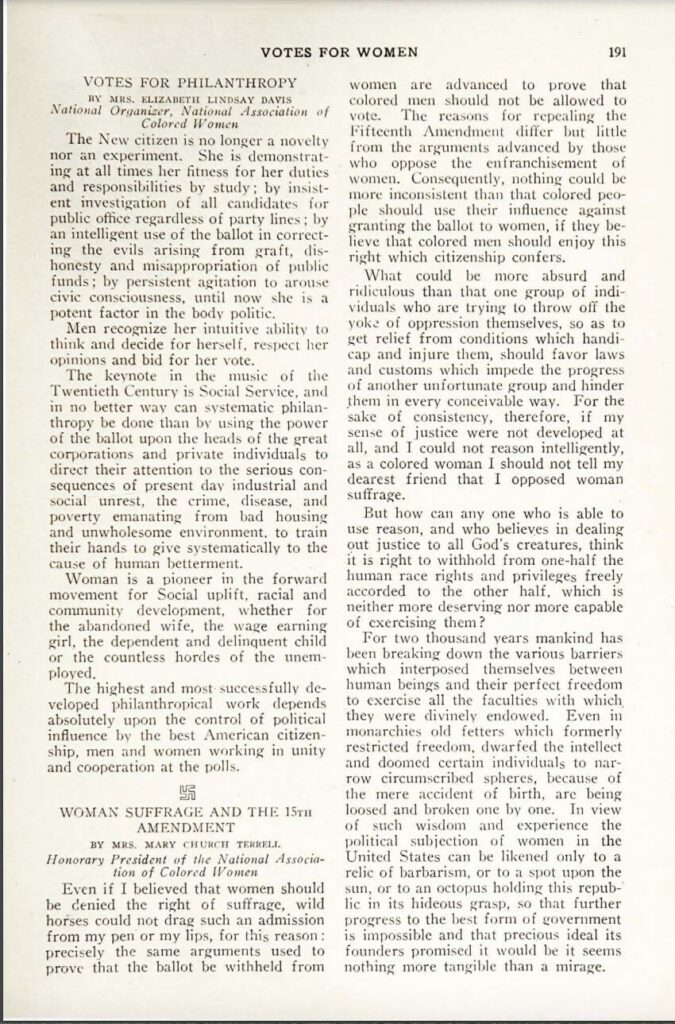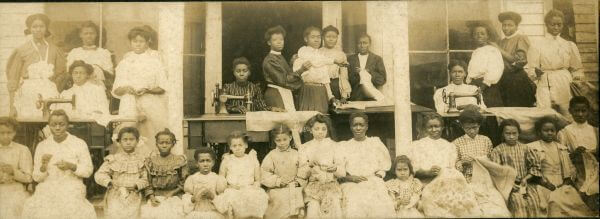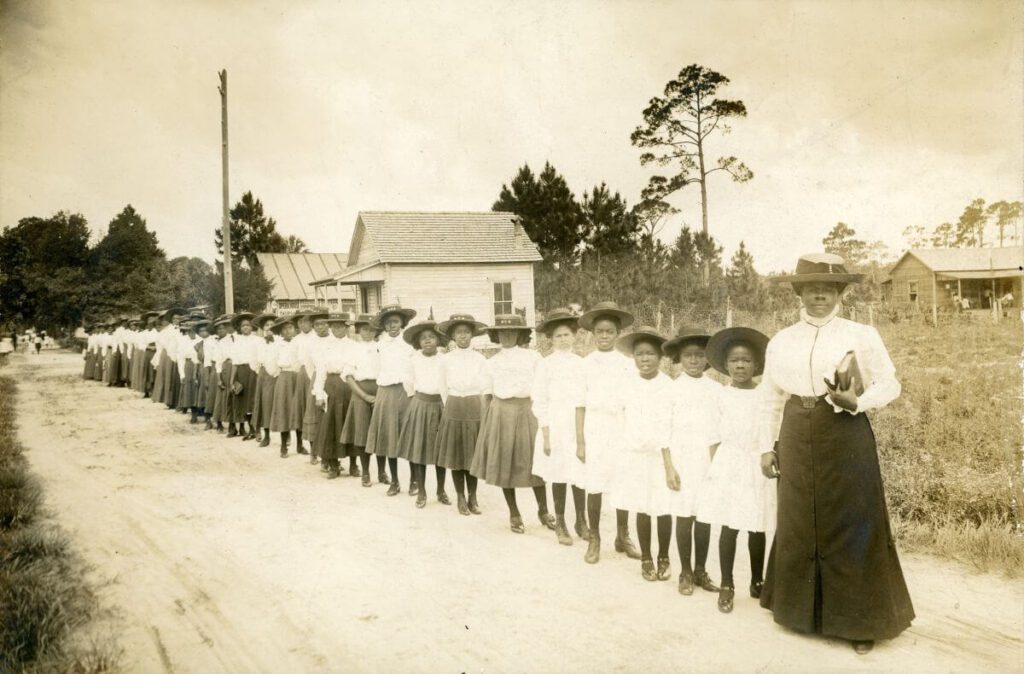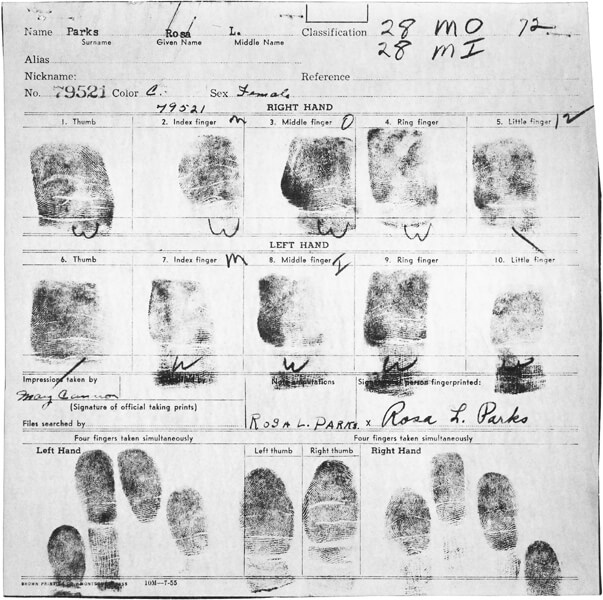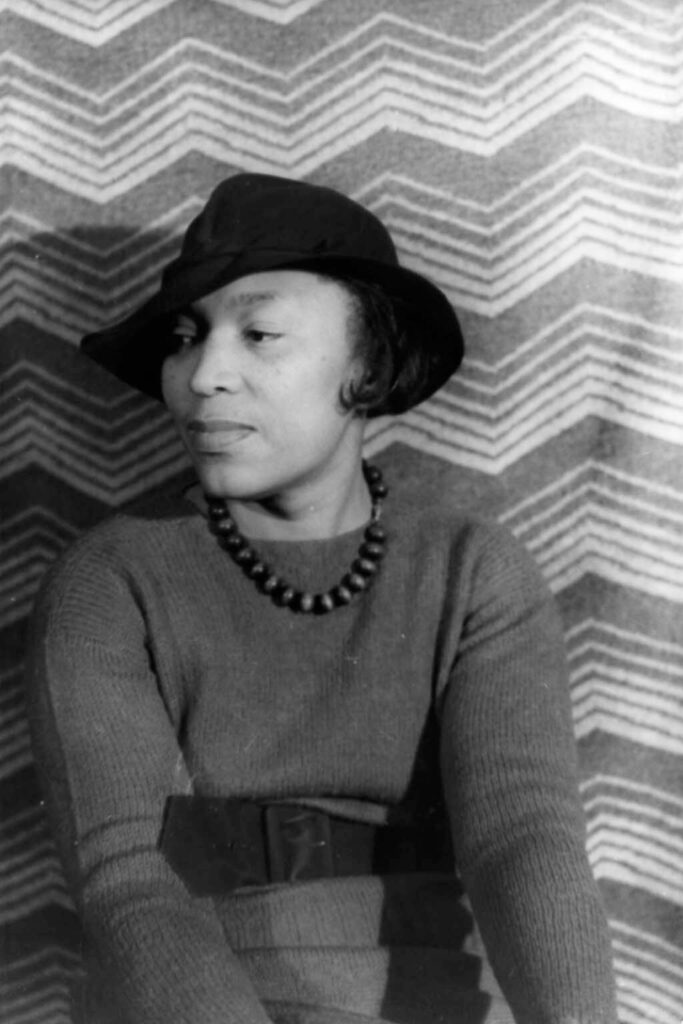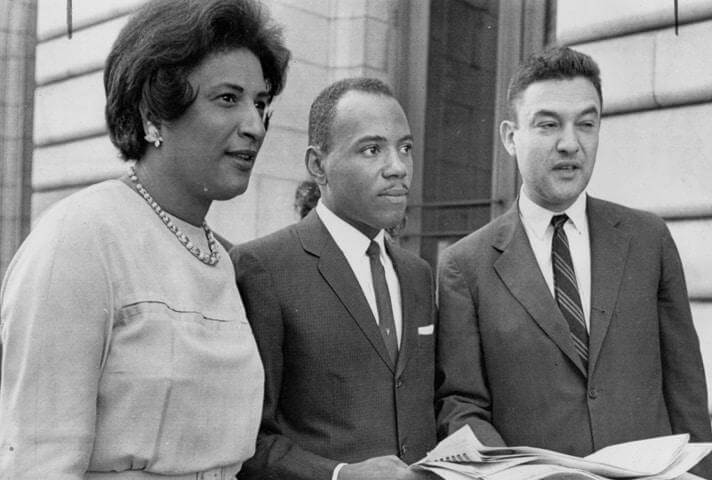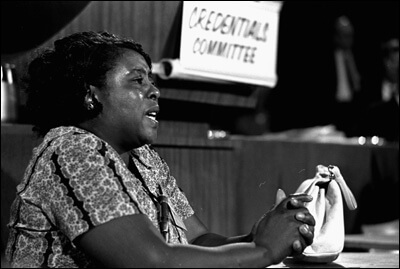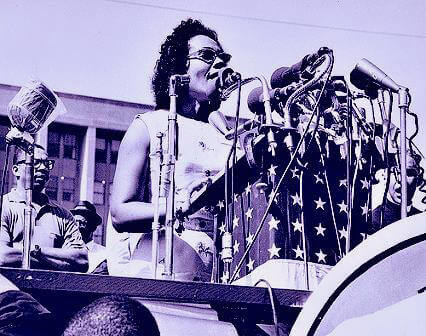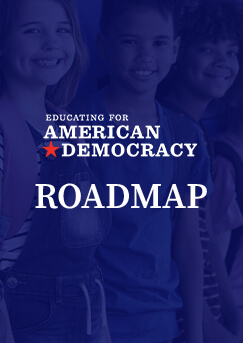The curated resources linked below are an initial sample of the resources coming from a collaborative and rigorous review process with the EAD Content Curation Task Force.
 Reset All
Reset All
This free curriculum guide from the New-York Historical Society explores the contested efforts toward full citizenship and racial equality for African Americans that transpired in the fifty years after the Civil War. Examining both the activism for and opposition to Black citizenship rights, the materials in this curriculum underscore how ideas of freedom and citizenship were redefined by government and citizen action, and challenged by legal discrimination and violence.
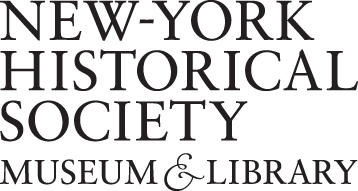
The Roadmap




New-York Historical Society

The promises of equal rights in the Declaration of Independence and of political peoplehood in the Constitution were not granted to Black women throughout much of American history. Black women were brought to the colonies violently in the slave trade, or born into slavery in North America. Most were deprived of all freedoms as enslaved people. Black women were first entirely denied access to education, and then to equal access. They were disenfranchised, even when Black men and white women were ultimately granted the right to vote. Nonetheless, the voices of Black women resonate throughout American history in letters, speeches, personal narratives, court cases, journalism, higher institutions of learning, and political leadership. In all eras of American history, Black women use their voices to fight for the rights they were denied and to dismantle the legal, political, and philosophical barriers that stood in their way.
This Spotlight Kit features the voices of Black women who paved the way for the election of Kamala Harris as the nation’s first Black and Asian American Vice President and Ketanji Brown Jackson as the first Black woman on the Supreme Court.
The resources in this spotlight kit are intended for classroom use, and are shared here under a CC-BY-SA license. Teachers, please review the copyright and fair use guidelines.



The Roadmap




















- Primary Resources by Era/Date1773 (1)1781 (1)1833 (1)1851 (1)1848 (1)1891 (1)1892 (1)1898 (1)1915 (1)1920 (1)1955 (2)1962 (1)1964 (1)1968 (2)1970 (1)1971 (1)2001 (1)
- All 19 Primary ResourcesPhillis Wheatley by an unidentified artist, Engraving on paper (1773)National Portrait Gallery, Smithsonian Institution
The National Portrait Gallery describes the singular achievement of Phillis Wheatley: “In 1773, Phillis Wheatley accomplished something that no other woman of her status had done. When her book of poetry, Poems on Various Subjects, Religious and Moral, appeared, she became the first American slave, the first person of African descent, and only the third colonial American woman to have her work published.”
CitePrintShare“Phillis Wheatley: Her Life, Poetry, and Legacy | National Portrait Gallery.” National Portrait Gallery, https://npg.si.edu/blog/phillis-wheatley-her-life-poetry-and-legacy.
Brom & Bett vs. J. Ashley Esq. (1781)“Mumbet,” who later took the name Elizabeth Freeman, was an enslaved woman given by one man, Pieter Hogeboom, to another, Colonel John Ashley, when Ashley married Hogeboom’s daughter in Massachusetts.
Mumbet sued for her freedom in 1781. “According to historian Arthur Zilversmit the people of Berkshire County then adopted Mumbet’s cause to test the constitutionality of slavery following the passage of the new state constitution. ‘Brom and Bett’ were the first enslaved African Americans to be set free under the new Massachusetts State Constitution of 1780.”
Court Records, Berkshire County Courthouse Great Barrington, Massachusetts Inferior Court of Common Pleas May 28, 1781 Volume 4A, page 55, NumberBrom & Bett vs. J. Ashley Esq.
“…After a full hearing of this case the evidence therein being produced, the same case is committed to the Jury Jonathan Holcom Foreman and his fellows who being duly sworn return this verdict that in this case the Jury find that the aforesaid Brom & Bett are not and were not at the time of the purchase of the original writ the legal Negro servants of him the said John Ashley during their life and [assess] thirty shillings damages wherefore it is considered by the Court Adjudged and determined that the said Brom & Bett are not, nor were they at the time of the purchase of the original writ the legal Negro of the said John Ashley during life, and that the said Brom & Bett do recover against the said John Ashley the sum of thirty shillings lawful silver Money, Damages…”
CitePrintShare“Mumbet Court Records – Elizabeth Freeman.” Elizabeth Freeman, https://elizabethfreeman.mumbet.com/who-is-mumbet/mumbet-court-records/.
Maria W. Stewart, “An Address at the African Masonic Hall” (1833)Maria W. Stewart, “An Address at the African Masonic Hall” (1833)Transcript...Our condition as a people has been low for hundreds of years, and it will continue to be so, unless, by the true piety and virtue we strive, to regain that which we have lost. White Americans, by their prudence, economy and exertions, have sprung up and become one of the most flourishing nations in the world, distinguished for their knowledge of the arts and sciences, for their polite literature. Whilst our minds are vacant and starving for want of knowledge, theirs are filled to overflowing. Most of our color have been taught to stand in fear of the white man from their earliest infancy, to work as soon as they could walk, and call ‘master’ before they scarce could lisp the name of mother. Continual fear and laborious servitude have in some degree lessened in us that natural force and energy which belong to man; or else, in defiance of opposition, our men, before this would have nobly and boldly contended for their rights. But give the man of color an equal opportunity with the white, from the cradle to manhood, and from manhood to the grave, and you would discover the dignified statesman, the man of science, and the philosopher. But there is no such opportunity for the sons of Africa, and I fear that our powerful ones are fully determined that there never shall be. Forbid, ye Powers on High, that it should any longer be said that our men possess no force. 0 ye sons of Africa, when will your voices be heard in our legislative halls, in defiance of your enemies, contending for equal rights and liberty?
According to the National Park Service’s biography of Maria Stewart, “Abolitionist and women's rights advocate Maria W. Stewart was one of the first women of any race to speak in public in the United States. She was also the first Black American woman to write and publish a political manifesto. Her calls for Black people to resist slavery, oppression, and exploitation were radical. Stewart's thinking and speaking style influenced Frederick Douglass, Sojourner Truth, and Frances Ellen Watkins Harper.”
CitePrintShare“(1833) Maria W. Stewart, "An Address at the African Masonic Hall" •.” Blackpast, 24 October 2011, https://www.blackpast.org/african-american-history/1833-maria-w-stewart-address-african-masonic-hall/.
“Maria W. Stewart (U.S.” National Park Service, 16 January 2023, https://www.nps.gov/people/maria-w-stewart.htm.
The Anti-Slavery Bugle, Sojourner Truth at the Women’s Rights Convention (1851)Born into slavery in New York in 1797, Sojourner Truth (originally Isabella Bomfree) escaped to an abolitionist family that helped her secure her freedom. An activist for abolitionism, civil and women’s rights, Truth fought against sexism in the abolitionist movement and racism in the women’s movement. The original “Ain’t I A Woman” speech by Sojourner Truth was transcribed by Marius Robinson, a journalist who was in the audience at the Woman's Rights Convention in Akron, Ohio, on May 29, 1851.
“One of the most unique and interesting speeches at the convention was made by Sojourner Truth, an emancipated slave….she came forward to the platform and addressing the President said with great simplicity:‘...I want to say a few words about this matter. I am a woman’s rights. I have as much muscle as any man, and can do as much work as any man. I have plowed and reaped and husked and chopped and mowed, and can any man do more than that? I am as strong as any man that is now. As for intellect, all I can say is, if woman have a pint and man a quart–why can’t she have her little pint full? You need not be afraid to give us our rights for fear we will take too much, –for we can’t take more than our pint’ll hold. The poor men seem to be all in confusion, and don’t know what to do. Why children, if you have woman’s rights and you give it to her and you will feel better….’”
CitePrintShareAnti-slavery bugle. (New-Lisbon, Ohio), 21 June 1851. Chronicling America: Historic American Newspapers. Lib. of Congress. https://chroniclingamerica.loc.gov/lccn/sn83035487/1851-06-21/ed-1/seq-4/
Susie King Taylor: Reminiscences of My Life in Camp with the 33d United States Colored Troops Late 1st S. C. VolunteersSusie King Taylor escaped slavery, became a teacher at age 14, and served as a Civil War nurse for more than four years, working alongside Clara Barton. Taylor was the only Black woman to publish a memoir of her Civil War experiences.
[In Camp Saxton, 1863]“I taught a great many of the comrades in Company E to read and write, when they were off duty. Nearly all were anxious to learn. My husband taught some also when it was convenient for him. I was very happy to know my efforts were successful in camp, and also felt grateful for the appreciation of my services. I gave my services willingly for four years and three months without receiving a dollar. I was glad, however, to be allowed to go with the regiment, to care for the sick and afflicted comrades.” (21)
“While the fighting was on, a friend, Lizzie Lancaster, and I stopped at several of the rebel homes, and after talking with some of the women and children we asked them if they had any food. They claimed to have only some hard-tack, and evidently did not care to give us anything to eat, but this was not surprising. They were bitterly against our people and had no mercy or sympathy for us.
The second day, our boys were reinforced by a regiment of white soldiers, a Maine regiment, and by cavalry, and had quite a fight. On the third day, Edward Herron, who was a fine gunner on the steamer John Adams, came on shore, bringing a small cannon, which the men pulled along for more than five miles. This cannon was the only piece for shelling. On coming upon the enemy, all secured their places, and they had a lively fight, which lasted several hours, and our boys were nearly captured by the Confederates; but the Union boys carried out all their plans that day, and succeeded in driving the enemy back. After this skirmish, every afternoon between four and five o'clock the Confederate General Finegan would send a flag of truce to Colonel Higginson, warning him to send all women and children out of the city, and threatening to bombard it if this was not done.” (23-24)
“I learned to handle a musket very well while in the regiment, and could shoot straight and often hit the target. I assisted in cleaning the guns and used to fire them off, to see if the cartridges were dry, before cleaning and reloading, each day. I thought this great fun. I was also able to take a gun all apart, and put it together again.” (27)
CitePrintShareReminiscences of My Life in Camp with the 33d United States Colored Troops Late 1st S. C. Volunteers: Electronic Edition. Taylor, Susie King, b. 1848 https://docsouth.unc.edu/neh/taylorsu/tayhttps://www.gutenberg.org/files/14975/14975-h/14975-h.htmlorsu.html
Frances E.W. Harper, Sketches of Southern Life (1891)Born free in Maryland in 1825, Frances E.W. Harper spent her life as a poet, an abolitionist, and a champion of women’s rights. She also helped enslaved people escape through the Underground Railroad, and she published several novels in addition to her poetry. Like many of the women featured in this Spotlight Kit, her writing explored the intersectionality of race, class, and gender.
AUNT CHLOE (excerpt)
I remember, well remember, That dark and dreadful day, When they whispered to me, “Chloe, Your children’s sold away!”It seemed as if a bullet Had shot me through and through, And I felt as if my heart-strings Was breaking right in two.
And I says to cousin Milly, “There must be some mistake; Where’s Mistus?” “In the great house crying— Crying like her heart would break.
“And the lawyer’s there with Mistus; Says he’s come to ’ministrate, ’Cause when master died he just left Heap of debt on the estate.
“And I thought ’twould do you good To bid your boys good-bye— To kiss them both and shake their hands, And have a hearty cry.
“Oh! Chloe, I knows how you feel, ’Cause I’se been through it all; I thought my poor old heart would break, When master sold my Saul.”
CitePrintShareHarper, Frances Ellen Watkins. “Sketches of Southern Life.” The Project Gutenberg eBook of Sketches of Southern Life, by Frances E. Watkins Harper, www.gutenberg.org/cache/epub/69249/pg69249-images.html.
Southern Horrors: Lynch Law in All Its Phases, Ida B. Wells-Barnett (1892)Southern Horrors: Lynch Law in All Its Phases, Ida B. Wells-Barnett (1892)TranscriptFrom this exposition of the race issue in lynch law, the whole matter is explained by the well-known opposition growing out of slavery to the progress of the race. This is crystalized in the oft-repeated slogan: ‘This is a white man's country and the white man must rule.’ The South resented giving the Afro-American his freedom, the ballot box and the Civil Rights Law. The raids of the Ku-Klux and White Liners to subvert reconstruction government, the Hamburg and Ellerton, S.C., the Copiah County, Miss., and the Layfayette Parish, La., massacres were excused as the natural resentment of intelligence against government by ignorance….
One by one the Southern States have legally(?) disfranchised the Afro-American, and since the repeal of the Civil Rights Bill nearly every Southern State has passed separate car laws with a penalty against their infringement. The race regardless of advancement is penned into filthy, stifling partitions cut off from smoking cars. All this while, although the political cause has been removed, the butcheries of black men at Barnwell, S.C., Carrolton, Miss., Waycross, Ga., and Memphis, Tenn., have gone on; also the flaying alive of a man in Kentucky, the burning of one in Arkansas, the hanging of a fifteen-year-old girl in Louisiana, a woman in Jackson, Tenn., and one in Hollendale, Miss., until the dark and bloody record of the South shows 728 Afro-Americans lynched during the past eight years. Not fifty of these were for political causes; the rest were for all manner of accusations from that of rape of white women, to the case of the boy Will Lewis who was hanged at Tullahoma, Tenn., last year for being drunk and ‘sassy’ to white folks.
These statistics compiled by the Chicago Tribune were given the first of this year (1892). Since then, not less than one hundred and fifty have been known to have met violent death at the hands of cruel bloodthirsty mobs during the past nine months.
Ida B. Wells-Barnett was an outspoken activist for many causes. In 1884, she sued a train company for wrongfully removing her from a first-class train for which she had purchased a ticket. Throughout the 1880s and 1890s, she used her work as a journalist to investigate and expose the lynching of Black men and women, including the publication of this document. She also fought for women’s suffrage, even marching with the movement over the objections of some white participants who did not want Black women to participate.
CitePrintShare“Southern Horrors: Lynch Law in All Its Phases.” The Project Gutenberg eBook of Southern Horrors: Lynch Law In All Its Phases, by Ida B. Wells-Barnett., www.gutenberg.org/files/14975/14975-h/14975-h.htm.
General Affidavit of Harriet Tubman Davis regarding payment for services rendered during the Civil War (1898)According to the National Women’s History Museum and historian Debra Michals, “Harriet Tubman was enslaved, escaped, and helped others gain their freedom as a ‘conductor’ of the Underground Railroad. Tubman also served as a scout, spy, guerrilla soldier, and nurse for the Union Army during the Civil War. She is considered the first African American woman to serve in the military.” In this document, Tubman petitioned for back pay for her services to the military, ultimately securing a pension of $8 a month as the widow of a Union soldier and $20 for her service. When she died, she was buried with military honors.
CitePrintSharePage 1 of General Affidavit of Harriet Tubman Davis regarding payment for services rendered during the Civil War, c. 1898, RG 233, Records of the U.S. House of Representatives, National Archives https://www.archives.gov/legislative/features/claim-of-harriet-tubman
Michals, Debra. “Harriet Tubman Biography.” National Women's History Museum, https://www.womenshistory.org/education-resources/biographies/harriet-tubman.
Woman Suffrage and the 15th Amendment, Mary Church Terrell in The Crisis (1915)The Crisis was the official magazine of the NAACP, and this issue from 1915 was dedicated to the issue of women’s suffrage. Mary Church Terrell’s activism began with her involvement in Ida B. Wells-Barnett’s anti-lynching movement, following the death by lynching of a friend in Memphis. As the founder of the National Association for Colored Women (NACW), she fought for Black women’s suffrage specifically (and for women’s suffrage broadly) as the key to ultimate equality.
CitePrintShare“The Crisis, Vol. 10, No. 4.” Brown University Library, library.brown.edu/pdfs/128895937640750.pdf.
“A Philosophy of Education for Negro Girls” Mary McLeod Bethune (1920)Literary and Industrial Training School for Negro Girls, Daytona FL (1920)Transcript...If there is to be any distinctive difference between the education of the Negro girl and the Negro boy, it should be that of consideration for the unique responsibility of this girl in the world today. The challenge to the Negro home is one which dares the Negro to develop initiative to solve his own problem, to work out his own problems, to work out his difficulties in a superior fashion, and to finally come into his right as an American Citizen, because he is tolerated. This is the moral responsibility of the education of the Negro girl; It must become a part of her thinking; her activities must lead her into such endeavors early in her educational life; this training must be inculcated into the school curricula so that the result may be a natural expression — born into her children. Such is the natural endowment which her education must make it possible for her to bequeath to the future of the Negro race.
The education of the Negro girl must embrace a larger appreciation for good citizenship in the home. Our girls must be taught cleanliness, beauty and thoughtfulness and their application in making home life possible. For proper home life provides the proper atmosphere for life everywhere else. The ideas of home must not forever be talked about; they must be living factors built into the everyday educational experiences of our girls.
Negro girls must receive also a peculiar appreciation for the expression of the creative self. They must be taught to realize their responsibility to find ways whereby the home and the schoolroom may encourage our youth to be creative; to develop to the fullest extent the inner urges that make them distinctive and that will lead them to be worthy contributors to the life of the little worlds in which they will live. This in itself will do more to remove the walls of inter-racial prejudice and build up intra-racial confidence and pride than many of our educational tools and devices.
Mary McLeod-Bethune was one of seventeen children, raised in part working in the fields of the plantation where her parents had been formerly enslaved. She became a prominent educator. The school for girls, pictured and described here, ultimately merged with the all-male Cookman Institute and in 1929 became Bethune-Cookman College.
CitePrintShare“Florida Memory • Primary Source Set: Mary McLeod Bethune.” Florida Memory, State Library and Archives of Florida. www.floridamemory.com/items/show/341521.
McLeod Bethune, Mary. "A Philosophy of Education for Negro Girls." Speaking While Female Speech Bank, 1920, https://speakingwhilefemale.co/education-bethune/.
Fingerprint Card of Rosa Parks Civil Case 1147 Browder, et al. v. Gayle, et al (1955)Fingerprint Card of Rosa Parks Civil Case 1147 Browder, et al. v. Gayle, et al (1955)Transcript“People always say that I didn’t give up my seat because I was tired, but that isn’t true. I was not tired physically, or no more tired than I usually was at the end of a working day. I was not old, although some people have an image of me as being old then. I was forty-two. No, the only tired I was, was tired of giving in.”
(from her 1992 autobiography)
Although Rosa Parks is well known as the woman whose actions initiated the Montgomery Bus Boycott in 1955, her story is misunderstood and mischaracterized. As historian Stephanie Townrow explains, “Rosa Parks had been an activist for civil rights most of her life, and was an active member of the Montgomery NAACP chapter. In her 1992 autobiography, Parks challenged the simplistic narrative that she was just too tired after a long day’s work to give up her seat.” A passage from Parks’ autobiography is cited here, along with the fingerprinting card from the arrest that followed her refusal to move.
CitePrintShareFingerprint Card of Rosa Parks Civil Case 1147 Browder, et al. v. Gayle, et al.; U.S. District Court for Middle District of Alabama, Northern (Montgomery) Division Record Group 21: Records of the District Court of the United States National Archives and Records Administration-Southeast Region, East Point, GA. https://www.archives.gov/education/lessons/rosa-parks
Quote: Townrow, Stephanie. “Rosa Parks Refuses to Move: On This Day, December 1 | Gilder Lehrman Institute of American History.” Gilder Lehrman Institute of American History |, 1 December 2015, https://www.gilderlehrman.org/news/rosa-parks-refuses-move-day-december-1.
Zora Neale Hurston’s Letter to The Orlando Sentinel (1955)Zora Neale Hurston’s Letter to The Orlando Sentinel (August 11, 1955)TranscriptEditor: I promised God and some other responsible characters, including a bench of bishops, that I was not going to part my lips concerning the U.S. Supreme Court decision on ending segregation in the public schools of the South. But since a lot of time has passed and no one seems to touch on what to me appears to be the most important point in the hassle, I break my silence just this once. Consider me as just thinking out loud.
The whole matter revolves around the self-respect of my people. How much satisfaction can I get from a court order for somebody to associate with me who does not wish me near them? The American Indian has never been spoken of as a minority and chiefly because there is no whine in the Indian. Certainly he fought, and valiantly for his lands, and rightfully so, but it is inconceivable of an Indian to seek forcible association with anyone. His well known pride and self-respect would save him from that. I take the Indian position….
…If there are not adequate Negro schools in Florida, and there is some residual, some inherent and unchangeable quality in white schools, impossible to duplicate anywhere else, then I am the first to insist that Negro children of Florida be allowed to share this boon. But if there are adequate Negro schools and prepared instructors and instructions, then there is nothing different except the presence of white people.
For this reason, I regard the ruling of the U.S. Supreme Court as insulting rather than honoring my race….
Zora Neale Hurston is most famous as an anthropologist and novelist. She wove Black folklore, linguistics, and culture into her writing, including the collection Mules and Men and the novel Their Eyes Were Watching God. In this letter, she expresses controversial opposition to the Supreme Court ruling in Brown v. the Board of Education of Topeka, Kansas.
CitePrintShare“(1955) Zora Neale Hurston's Letter to the Orlando Sentinel •.” Blackpast, https://www.blackpast.org/african-american-history/zora-neale-hurston-s-letter-orlando-sentinel-1955/.
Constance Baker Motley, interview with The Visionary Project, “My Inspiration to Be a Lawyer”TranscriptConstance Baker Motley with James Meredith and lawyer Jack Greenberg after a 1962 appellate court hearing in New Orleans. Credit: Library of Congress, Prints and Photographs Division, NYWT&S Collection, LC-DIG-ppmsca-05544.
Constance Baker Motley, interview with The Visionary Project, “My Inspiration to Be a Lawyer” (excerpt, video)
Constance Baker Motley was the first Black woman to argue at the Supreme Court and argued ten landmark civil rights cases, winning nine. She was a law clerk to Thurgood Marshall, aiding him in the case Brown v. Board of Education. Motley was also the first African-American woman appointed to the federal judiciary, serving as a United States District Judge of the United States District Court for the Southern District of New York.
CitePrintShare“Constance Baker Motley: My Inspiration to Be a Lawyer.” YouTube, 22 Mar. 2010, www.youtube.com/watch?v=F8X_Hu0eaQc&t=1s.
Fannie Lou Hamer, Testimony Before the Credentials Committee, Democratic National Convention (1964)Atlantic City, New Jersey - August 22, 1964Transcript...My husband came, and said the plantation owner was raising Cain because I had tried to register. Before he quit talking the plantation owner came and said, "Fannie Lou, do you know - did Pap tell you what I said?"
And I said, "Yes, sir."
He said, "Well I mean that." He said, "If you don't go down and withdraw your registration, you will have to leave." Said, "Then if you go down and withdraw," said, "you still might have to go because we are not ready for that in Mississippi."
And I addressed him and told him and said, "I didn't try to register for you. I tried to register for myself."
I had to leave that same night.
….All of this is on account of we want to register, to become first-class citizens. And if the Freedom Democratic Party is not seated now, I question America. Is this America, the land of the free and the home of the brave, where we have to sleep with our telephones off the hooks because our lives be threatened daily, because we want to live as decent human beings, in America?
Thank you.
[For a transcript of the complete text and audio: https://americanradioworks.publicradio.org/features/sayitplain/flhamer.html]
Fannie Lou Hamer was a field organizer for SNCC. In 1964, she ran for Congress with the Mississippi Freedom Democratic Party. The MFDP brought an alternate slate of delegates to the Democratic Party convention, arguing that the all-white Mississippi Democratic Party was mired in racism and did not represent the rights and needs of all. As described by American Public Media, the Mississippi “incumbent was a white man who had been elected to office twelve times. In an interview with the Nation, Hamer said, ‘I'm showing the people that a Negro can run for office.’”
CitePrintShareTestimony Before the Credentials Committee by Fannie Lou Hamer | Say It Plain, https://americanradioworks.publicradio.org/features/sayitplain/flhamer.html.
Coretta Scott King, 10 Commandments on Vietnam (1968)Coretta Scott King, 10 Commandments on Vietnam (April 27, 1968) Central Park, New YorkTranscript….There is no reason why a nation as rich as ours should be blighted by poverty, disease, and illiteracy. It is plain that we don't care about our poor people except to exploit them as cheap labor and victimize them through excessive rents and consumer prices.
Our Congress passes laws which subsidize corporation farms, oil companies, airlines, and houses for suburbia. But when they turn their attention to the poor, they suddenly become concerned about balancing the budget and cut back on the funds for Head Start, Medicare, and mental health appropriations.
The most tragic of these cuts is the welfare section to the Social Security amendment, which freezes federal funds for millions of needy children, who are desperately poor but who do not receive public assistance. It forces mothers to leave their children and accept work or training, leaving their children to grow up in the streets as tomorrow's social problems. This law must be repealed, and I encourage you to join welfare mothers on May 12th, Mother's Day and call upon Congress to establish a guaranteed annual income, instead of these racist and archaic measures, these measures which dehumanize God's children and create more social problems than they solve.
We will be marching toward Washington soon. On Thursday, May 2nd we will return to Memphis to begin where my husband was slain and kick off his Poor People's campaign.
I would now like to address myself to the women. The woman power of this nation can be the power which makes us whole and heals the rotten community, now so shattered by war and poverty and racism. I have great faith in the power of women who will dedicate themselves whole-heartedly to the task of remaking our society.
I believe that the women of this nation and of the world are the best and last hope for a world of peace and brotherhood….
A musician and music educator, Coretta Scott King married Martin Luther King, Jr. in 1953. They had four children, and she traveled throughout the country and the world as an advocate for social justice with Dr. King.
This speech followed the assassination of Dr. King by just a few weeks. She used notes he had written for the speech, which she found in a jacket pocket of his after his death.
CitePrintShare“Coretta Scott King -- 10 Commandments on Vietnam.” American Rhetoric, 24 April 2022, https://www.americanrhetoric.com/speeches/corettascottkingvietnamcommandments.htm.
Interview with Ella Baker (1968)Although she was a leader and architect of many of the key elements of the Civil Rights Movement, Ella Baker is often overlooked in coverage of the era. She helped to lead and organize the NAACP, the Southern Christian Leadership Conference (SCLC), and the Student Nonviolent Coordinating Committee (SNCC). In this interview, she describes the role she played and the occasional tensions among leaders of the movement.
The Civil Rights Documentary Project Oral History/Interview with Ella Baker (1968)
A [PARTIAL] Transcript of a Recorded Interview with Miss Ella Baker, Staff-Member-Consultant with SCEF, Southern Conference Educational Fund. By John Britton, Interviewer, Washington, D.C. June 19, 1968
Britton: So, what you're saying, then, is that the genesis of the idea for SCLC [the Southern Christian Leadership Conference] started in the minds of the people in the North, not in Montgomery?
Baker: That's correct. You see, if you recall, after the [Montgomery Bus Boycott] there was almost sort of a complete let down. Nothing was happening. In fact, after I had become associated with the leadership from Montgomery, question was raised about why there was this not-knowing, why there was no organizational machinery for making use of the people who had been involved in the boycott?
I think, to some extent as it seems to have been my characteristic in raising certain kinds of questions, I irritated Dr. King in raising this question. I raised it at a meeting at which he was speaking. I think his rationale was something to the effect that after a big demonstrative type of action, there was a natural let-down and a need for people to sort of catch their breath, you see, which, of course, I didn't quite agree with. But, nevertheless, this was what took place.
So, I don't think that the leadership of Montgomery was prepared to capitalize, let's put it, on the projection that had come out of the Montgomery situation. Certainly, they had not reached the point of developing an organizational format for the expansion of it. So discussions emanated, to a large extent, from up this way.
CitePrintShareBritton, John. “Veterans of the Civil Rights Movement -- Ella Baker.” Civil Rights Movement Archive, https://www.crmvet.org/nars/baker68.htm.
Shirley Chisholm, Speech on the floor of the House of Representatives, “I Am for the Equal Rights Amendment” (1970)Shirley Chisholm was the first Black woman elected to Congress and the first Black person to run for President from one of the nation’s two major political parties, in 1972. She was an educator and civil rights activist, and she served for decades as a legislator and political leader.
Shirley Chisholm, Speech on the floor of the House of Representatives, “I Am for the Equal Rights Amendment.” (1970)
It is time we act to assure full equality of opportunity to those citizens who, although in a majority, suffer the restrictions that are commonly imposed on minorities, to women.
The argument that this amendment will not solve the problem of sex discrimination is not relevant. If the argument were used against a civil rights bill, as it has been used in the past, the prejudice that lies behind it would be embarrassing. Of course laws will not eliminate prejudice from the hearts of human beings. But that is no reason to allow prejudice to continue to be enshrined in our laws — to perpetuate injustice through inaction.
The amendment is necessary to clarify countless ambiguities and inconsistencies in our legal system. For instance, the Constitution guarantees due process of law, in the 5th and 14th amendments. But the applicability of due process of sex distinctions is not clear. Women are excluded from some State colleges and universities. In some States, restrictions are placed on a married woman who engages in an independent business. Women may not be chosen for some juries. Women even receive heavier criminal penalties than men who commit the same crime.
…The time is clearly now to put this House on record for the fullest expression of that equality of opportunity which our founding fathers professed. They professed it, but they did not assure it to their daughters, as they tried to do for their sons.
The Constitution they wrote was designed to protect the rights of white, male citizens. As there were no black Founding Fathers, there were no founding mothers — a great pity, on both counts. It is not too late to complete the work they left undone. Today, here, we should start to do so.
CitePrintShareO'Halloran, Thomas J. “(1970) Shirley Chisholm, “I Am For the Equal Rights Amendment.” Blackpast, 24 July 2008, https://www.blackpast.org/african-american-history/1970-shirley-chisholm-i-am-equal-rights-amendment/.
Angela Y. Davis, "An Open Letter to Black High School students” (1971)TranscriptDear Sisters and Brothers,
At least a decade separates me and others of my age from you, Black men and women in America’s high schools. But this difference is unimportant compared to the strong ties that unite us in a common struggle for the freedom of our people. Our responsibility towards you runs deep. In the course of fighting to overthrow the conditions which have locked our people in an iron cycle of deprivation, we have accumulated a multitude of experiences, experiences which must become your experiences – the victories as well as the defeats, the truths as well as the errors. We feel accountable to you in yet another way. You have grown to maturity in the heat of battle, you are the living reflections of new realities, new values which categorically reject the subservient role Black people have been compelled to play for centuries. Your aggressiveness and boldness must become our aggressiveness and boldness….
Angela Davis, scholar and member of the Black Panthers, wrote this letter while incarcerated in Marin County, California in 1971. Davis had been captured and arrested following an armed attack at the facility led by 17-year-old Jonathan Jackson, who was fighting for the release of his brother and other prisoners known as the “Soledad Brothers.” As described by journalist Antonio Mejias-Rentas, “Witnesses before a county grand jury testified that several of the weapons used in the courthouse takeover had been purchased by Davis, including a sawed-off shotgun that authorities said was used to kill Judge Haley. Although Davis had not been present, the grand jury returned an indictment charging her with kidnapping, murder and conspiracy. Davis never denied owning the weapons, but said she was not involved and had no knowledge of her weapons being used in the courthouse assault.”
CitePrintShareDavis, Angela. “An Open Letter to Black High School Students.” Harvard Mirador Viewer, 1971, iiif.lib.harvard.edu/manifests/view/drs:491078034$1i.
Mejías, Antonio. How Angela Davis Ended Up on the FBI Most Wanted List, 25 January 2023, https://www.history.com/news/angela-davis-fbi-most-wanted-list.
Condoleezza Rice, Speech to National Council of Negro Women (2001)A scholar of international affairs, Condoleezza Rice joined the administration of President George H.W. Bush as the Director for Soviet and Eastern European Affairs in the National Security Council. Later, after serving as the Provost of Stanford University, she became the first woman to direct the NSC, under then President George W. Bush. Her tenure included the attacks on 9/11 and the wars in Iraq and Afghanistan, and in 2005 she became the first Black woman to serve as Secretary of State.
Condoleezza Rice, Speech to National Council of Negro Women, December 8, 2001 - Washington, D.C.
I could not be more honored than to receive the Bethune Award because I feel a great kinship with Mary McLeod Bethune and I think we all do. …It's extraordinary that a young, black woman from South Carolina could found a college and be its president for almost four decades.
…I also feel a great kinship to Dr. Bethune and to this organization because we share a passion for education. There is no more important element for the United States of America than the promise of education. I'm a living example of what education can mean, because it goes back a long way in my family. I very often tell people that I should have been able to accomplish what I accomplished because I had grandparents and parents who understood the value of education.
Maybe some of you've heard me tell the story of Granddaddy Rice, a poor sharecropper's son in Ewtah – that's E-W-T-A-H - Alabama, who, somehow, in about 1919 decided he was going to get book learning. And so he asked people who came through how a colored man could get to college. And they said to him, "Well you see there's this college not too far away from here called Stillman College, and if you could get there, they take colored men into college." And so he saved up his cotton and he went off to Tuscaloosa, Alabama to go to college. He made it through his first year having paid for it with his cotton, but the second year he didn't have any more cotton, and they came and they asked him for tuition. And he said, "Well you see the problem is, I don't have any money." And they said, "Well, you'll have to leave." So he thought rather quickly and he said, "Well how are those boys going to college?" And they said, "Well, you see, they have what's called a scholarship and if you wanted to be a Presbyterian minister then you could have a scholarship too." And Granddaddy Rice said, "You know, that's exactly what I had in mind. And my family has been Presbyterian and it has been college-educated ever since.
My grandfather understood something, and so did my grandmother and my mother's parents, and that is that higher education, if you can attain it, is transforming. You may come from a poor family, you may come from a rural family, you may be first-generation college-educated, but once you are college-educated, the most important thing about you, in many ways, is that you're a college graduate and you are transformed. And I have to tell you that if I have a concern at all today in America, it is that we have got to find a way to pass on that promise to children, no matter what their circumstances, because it's just got to be the case in America that it does not matter where you came from, it only matters where you're going.
CitePrintShareMedia, American Public. “American Radioworks - Say It Plain, Say It Loud.” APM Reports - Investigations and Documentaries from American Public Media, americanradioworks.publicradio.org/features/blackspeech/crice.html.
Education for American Democracy


The African-American Civil Rights movement is typically seen as having taken place mostly in the 1950s and 60s, when a confluence of social and economic factors enabled political change. The movement, however, has much deeper roots, and thus our toolkit starts in the 19th Century, some two generations before leaders like King, Parks, and others were born. Viewing the Civil Rights movement as a generational one provides a broader perspective on the ideas and people at the foundation of this work to achieve “a more perfect union” for all Americans.

The Roadmap




Ashbrook/TeachingAmericanHistory

The interactive projects provide young people with engaging and meaningful opportunities to learn about Congress and civic participation using primary sources from the Library’s online collections.
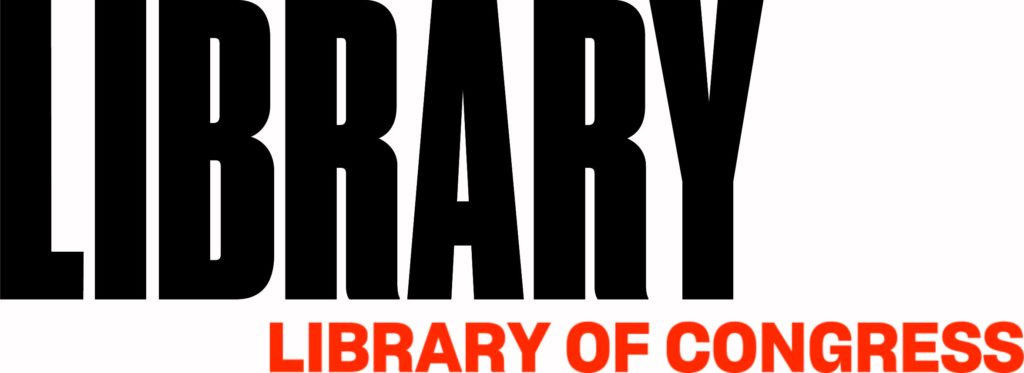
The Roadmap




The Library of Congress


In this Close Up in Class Controversial Issue in the News, we will examine the various methods of voting used in the United States, explore the idea of voting entirely by mail, and challenge students to consider the pros and cons of one of the paths forward.

The Roadmap








Close Up


Students will examine the foundations of the United States and explore how its diversity has been part of its history.
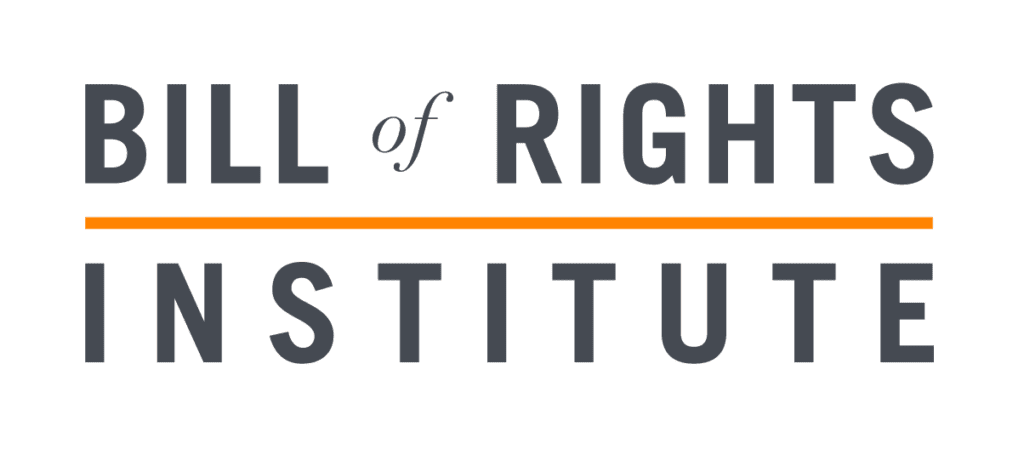
The Roadmap




Bill of Rights Institute

Students will learn about the history of the holiday of Juneteenth, analyze text sources that reveal important symbolism and rituals in Juneteenth commemorations, and reflect upon the significance of Juneteenth as an American holiday.
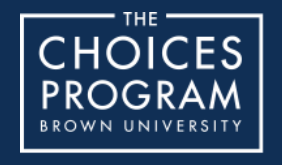
The Roadmap



The Choices Program


Using the Cathedral of Saints Peter and Paul as a landmark, students will analyze the structure as the primary source for learning about its significance. The lesson will combine writing, art, and historical context.
The Roadmap




Historical Society of Pennsylvania

This unit of lessons and tools examines the structure, function, and powers of the legislative branch of government.

The Roadmap




iCivics, Inc.


Marcus Garvey, the Jamaican-born Black nationalist political leader who founded the Universal Negro Improvement Association, was both praised as a visionary leader and dismissed as a dangerous subversive during his lifetime. In this lesson, students source biographies and government documents to discuss Garvey's “Back to Africa Movement” and consider why Garvey was such a controversial figure.

The Roadmap




Standford History Education Group


This unit focuses on Japanese-American incarceration during World War II, and asks students to analyze Japanese Americans’ responses to this injustice through the lens of non-violent direct action. It consists of five lessons, and a suggested summative assessment, as well as possible extensions.
The Roadmap



Washington State Historical Society
This lesson plan explores the Supreme Court cases known as the Guantanamo cases so that students understand, among other takeaways, how our institutions make a tradeoff between national security and civil liberties in times of conflict.
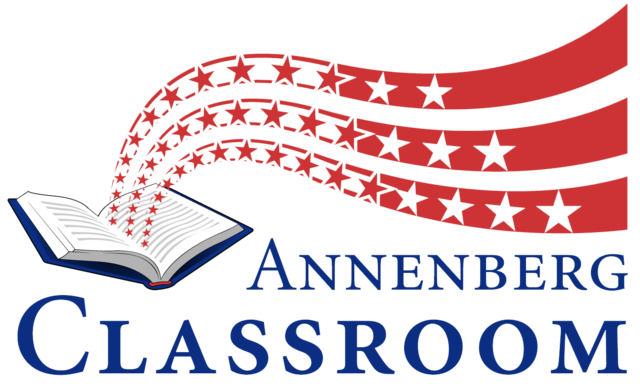
The Roadmap




Annenberg Classroom



